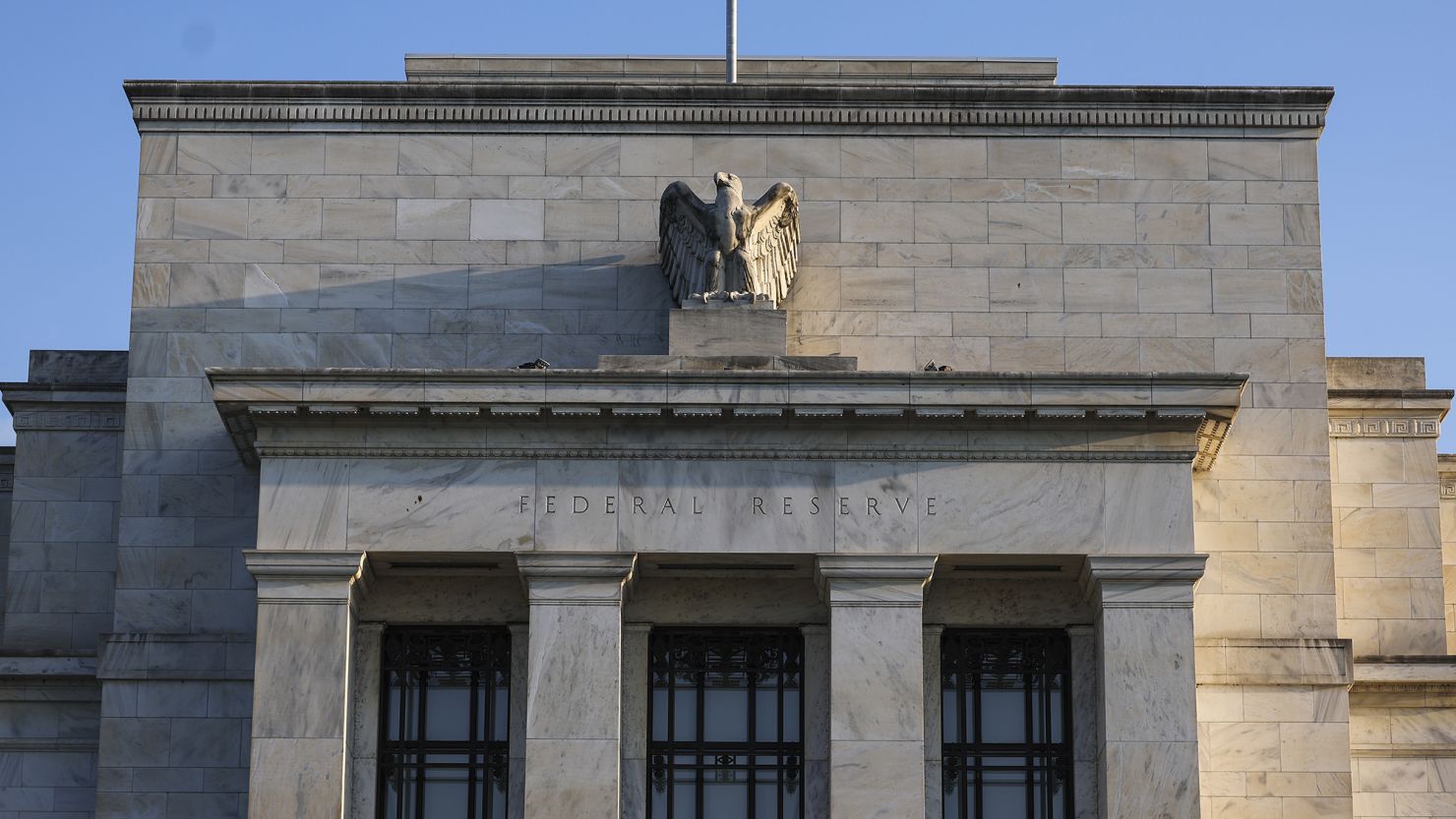Federal Reserve officials during their December policy meeting broached the subject of reducing interest rates, minutes from that meeting released Wednesday showed.
Officials’ latest economic projections released in December showed that they expect to cut rates this year for the first time since kicking off a historic inflation-busting campaign in March 2022.
The central bank has seen substantial progress since then: Inflation is currently running under 3%, as measured by the Fed’s preferred inflation gauge, the Personal Consumption Expenditures price index, and is well below a four-decade peak reached in the summer of 2022.
While some officials remained wary of upside risks to inflation during December’s meeting, according to the minutes, they also recognized that the Fed’s key interest rate is “likely at or near its peak for this tightening cycle.”
Fed officials “judged that the current stance of monetary policy was restrictive and appeared to be restraining economic activity and inflation,” but that “it was possible that the economy could evolve in a manner that would make further increases in the target range appropriate,” the minutes said. Officials also saw it “appropriate for policy to remain at a restrictive stance for some time until inflation was clearly moving down sustainably toward the Committee’s objective.”
Wall Street is ready for rate cuts
Wall Street is eager for rate cuts, with some investors pricing in that first cut in the spring. However, officials have come out to temper that optimism, stressing that there are still risks that could sabotage inflation’s defeat.
Markets currently see a roughly 63% chance of that first rate cut in the spring, according to futures. The timing and pace of rate cuts is where the Fed and Wall Street seem to diverge. For example, JPMorgan is expecting five quarter-point cuts this year beginning in June, compared to Fed officials’ median estimate of three cuts in 2024.
Goldman Sachs expects rate cuts to begin in March, but some officials, such as New York Fed President John Williams, have said that cutting rates isn’t something the Fed is seriously considering just yet.
“The minutes showed that cuts may not be as drastic as people think, and that rates could stay high for a while,” Callie Cox, US investment analyst at eToro, wrote in a note Wednesday. “While this is a good sign for the economy’s future, it could curb the animal spirits we’ve seen in markets as of late.”
Wednesday’s minutes showed that central bank officials want to see a consistent trend of easing price hikes before cutting rates. So far, investors have scoffed at any hawkish comments from officials indicating that additional rate increases remain on the table.
The proverbial final mile of the Fed’s war on inflation could be the most difficult, requiring a sustained period of “below-trend growth.” The US economy likely ended 2023 on a strong note, with real-time forecasts projecting fourth-quarter gross domestic product will register above 2% and employers likely added more than 100,000 jobs in December, according to FactSet estimates.
But are conditions in place?
The state of inflation and its trajectory is the main deciding factor for cutting interest rates, but officials examine several other facets of the economy. PCE fell on a monthly basis in November for the first time in more than three years. The annual rate measured 2.6% in November, still above the 2% target, but a major improvement from the four-decade high of 7.1% in June 2022. The core reading, which excludes volatile food and energy prices, stood at 3.2% in November from a year earlier.
By other measures, inflation has already dipped below the 2% threshold. On a six-month annualized basis, the core PCE price index rose 1.9% in November, the first time that measure has dipped below 2% in more than three years.
Still, the Fed hasn’t declared victory just yet, but it has indicated a subtle shift. The central bank’s latest policy statement released last month said it would consider a range of data and other factors to determine if “any” additional policy firming would be appropriate.
Officials also look at economic activity broadly, since strong growth could make the Fed’s job of taming inflation difficult. Officials acknowledged that gross domestic product, the broadest measure of economic output, “had slowed” since the summer.
There is still also the possibility that inflation’s slowdown could stall.
“As I talk to businesses, I still hear too many planning above-normal price increases,” Richmond Fed President Thomas Barkin said Wednesday during an event in Raleigh, North Carolina.
“After decades without pricing power, businesses, especially those facing margin pressure, won’t want to back down from raising prices until their customers or competitors force their hands,” he said.
Barkin added that could mean additional action from the Fed “to convince price-setters that the inflation era is over.”








